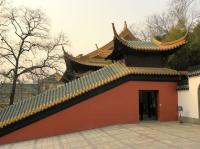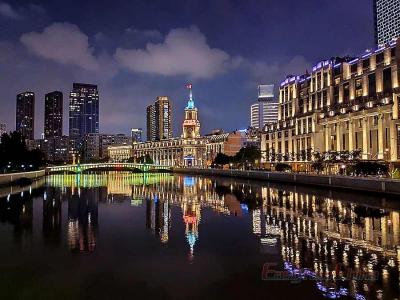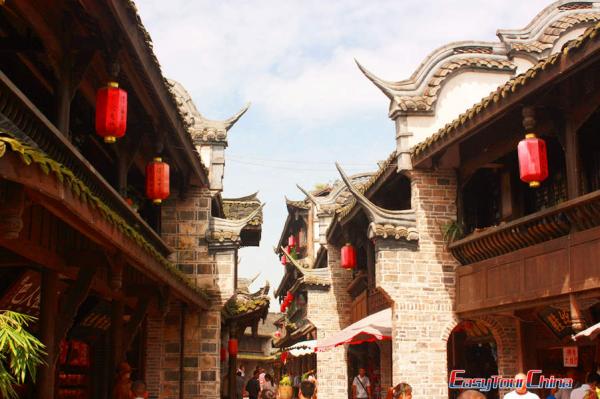Chaotian palace
 Covering an area of approximately 70,000 square meters, Chaotian palace is imposing and broad in scale and is the most complete preservation of Qing Dynasty temple of Confucian. Counted among the most popular Nanjing Tourist Attractions, Chaotian palace in Nanjing is one of the numerous historical monuments in the area.
Covering an area of approximately 70,000 square meters, Chaotian palace is imposing and broad in scale and is the most complete preservation of Qing Dynasty temple of Confucian. Counted among the most popular Nanjing Tourist Attractions, Chaotian palace in Nanjing is one of the numerous historical monuments in the area.Chaotian palace was built by the first Ming emperor, Zhu Yuanzhang. When he made Nanjing his capital, the palace was built on this site. It was used primarily by members of the "royalty" for veneration of ancestors and for the training of their children in court manners and court ceremony. The palace was burned down along with much of the rest of Nanjing during the struggle for succession to the throne after Hong Wu’s death and was rebuilt for use as a Confucian academy and temple. The complex was burnt down during the Taiping Rebellion, and the present buildings was built from 1866-1870. The total building complex consists of three lines, with the central complex being the Wen Temple, which was built with precious materials, and its yellow glazed tile was from Jingdezhen.
Inside the palace, there are more than 100,000 cultural relics in collection. The main hall of the temple, which was used as a library and formal classroom, is now used to house the Museum of the Six Dynasties. The back hall, which housed the spirit tablets of Confucius and other important sages. The veneration ceremonies were performed there. Strictly adhered to the original Ming Dynasty formula arrangement, "the homage to the dynasty emperor etiquette performance" is Nanjing's famous performance. There are altogether 6 stages with 11 procedures, namely "the arrival of the good fortune", "memorial to the throne", "the pass of the system", "having the audience with the emperor", "dancing accompanied by music in peaceful life" and "the returning back to the palace".
More Attractions in Nanjing


